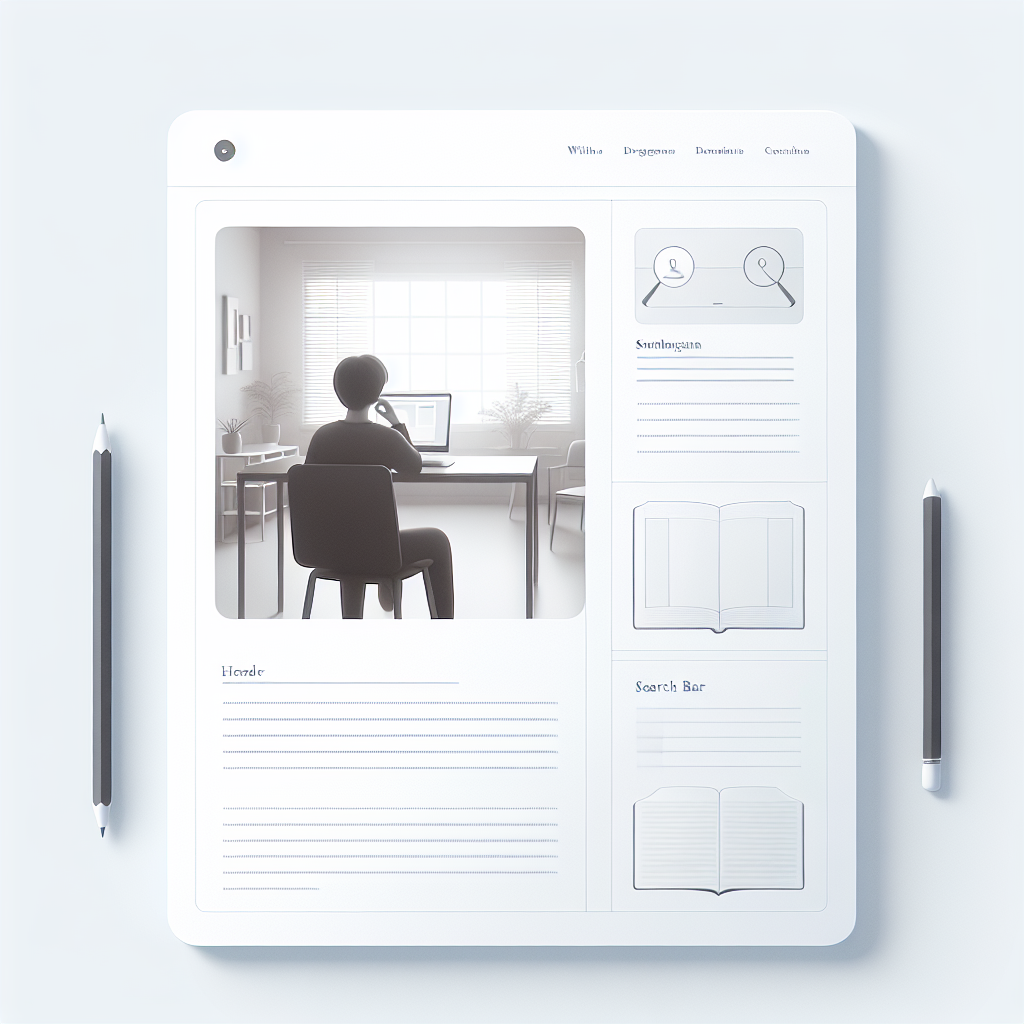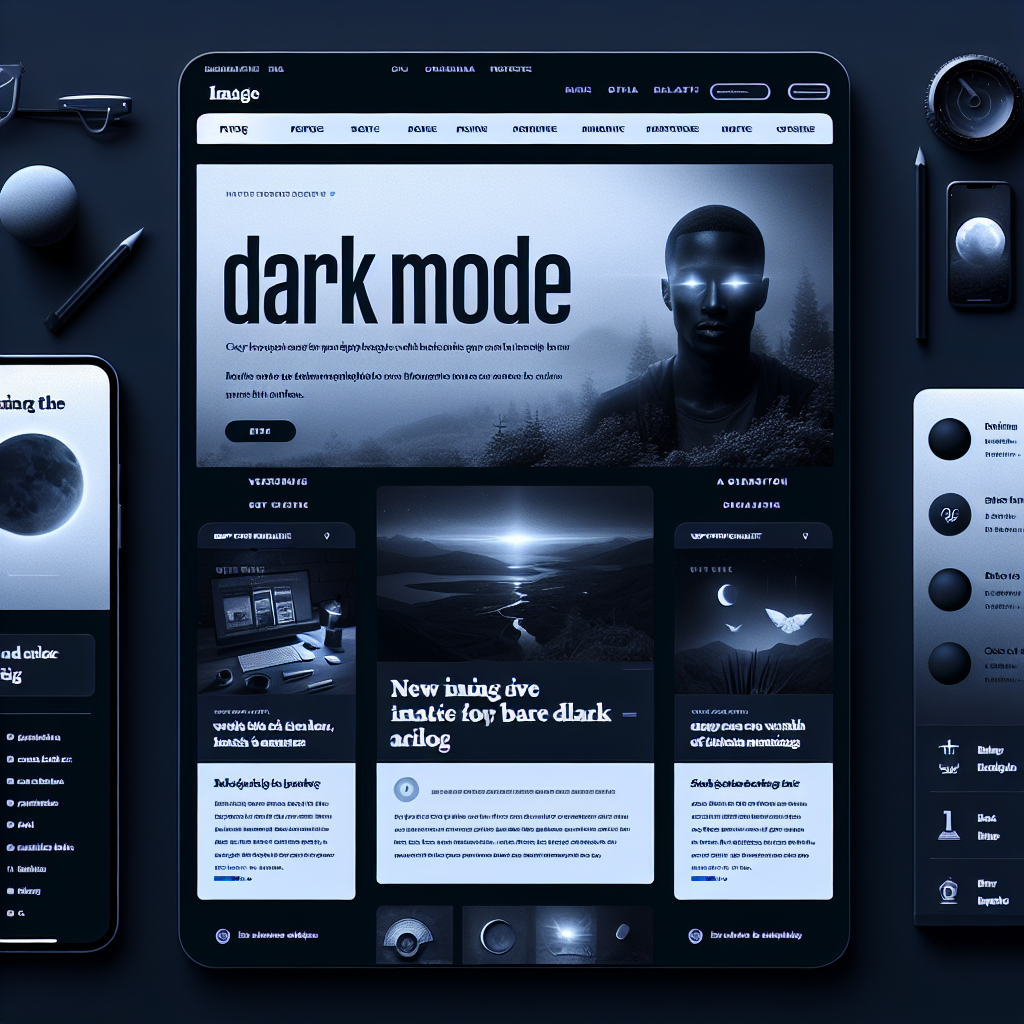
Current State of the Industry
Have you ever wondered why certain websites immediately grab your attention while others seem less inviting? The answer lies in the strategic use of color. With the right color scheme, websites can evoke emotional responses, guide users’ attention, and even influence purchasing decisions. In today’s digital era, understanding the psychology of color in web design is more crucial than ever.
Emerging Trends to Watch
As the world of web design evolves, so does the application of color psychology. Let’s delve into three key emerging trends: minimalistic color schemes, dark mode design, and color transitions.
Trend 1: Minimalistic Color Schemes
As a reaction to the sensory overload of our digital age, designers are increasingly gravitating towards minimalistic color schemes. These clean, simple designs emphasize functionality and ease of navigation, often using a monochromatic or analogous color scheme.

Trend 2: Dark Mode Design
Dark mode design has surged in popularity due to its sleek aesthetic and reduced eye strain. This trend involves using dark background colors contrasted with brighter text and graphic elements, creating a visually-stunning and user-friendly experience.
Trend 3: Color Transitions
Color transitions, or gradients, create a visually engaging and dynamic experience. This trend involves the smooth transformation from one color to another, adding depth and visual interest to a website’s design.
Impact on Businesses
A business’s website is often the first point of contact for potential customers, making its design critical. Incorporating color psychology can significantly enhance brand recognition, user engagement, and conversion rates.

Impact on Consumers
From a consumer’s perspective, a website’s color scheme can significantly impact their perception and interaction. Effective use of color can guide user navigation, evoke emotional responses, and even influence purchasing decisions.
Future Predictions
As we look ahead, we can expect to see the continued prominence of these trends in color psychology. Additionally, expect to see a rise in personalized color schemes and adaptive design, catering to the individual user’s preferences and needs.
How to Adapt and Prepare
To stay ahead, businesses and web designers should keep abreast of emerging trends, continually test their website’s color schemes, and consider the use of adaptive design to cater to individual user preferences.
As we move forward, the role of color psychology in web design will only continue to grow. By understanding and leveraging these trends, businesses can create engaging, user-friendly websites that positively impact their bottom line.



